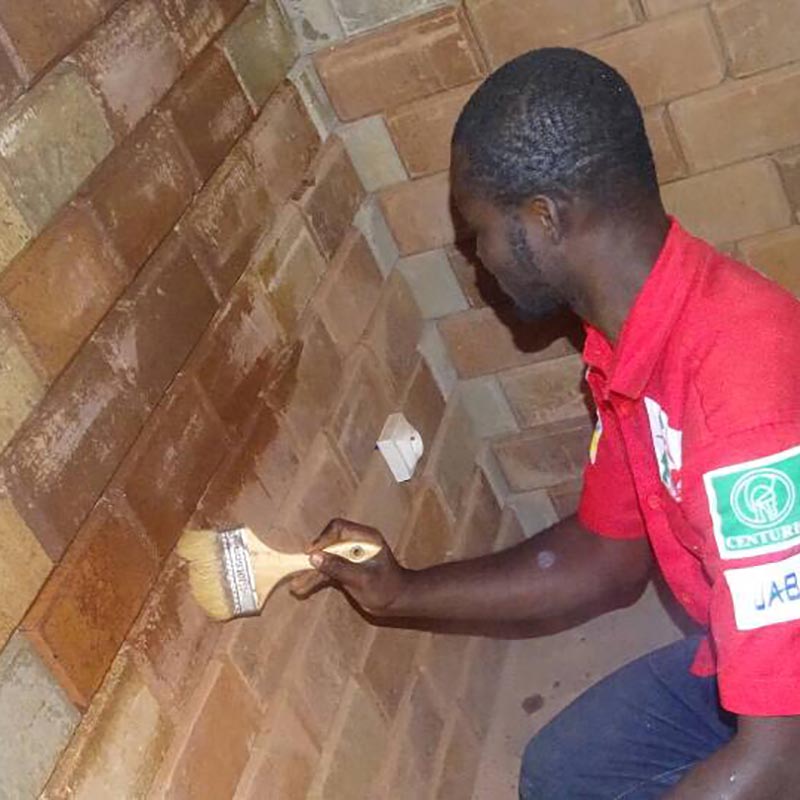
Image source:Aiwei block machine
Introduction
Chinese brick making machines have witnessed significant advancements in recent years, incorporating innovative technologies and automation features. However, many brick manufacturers may already have existing machines that do not possess these modern capabilities. Instead of investing in entirely new machines, upgrading and retrofitting existing Chinese brick making machines can be a cost-effective solution to improve productivity, efficiency, and sustainability. This article explores the various options available for upgrading and retrofitting existing Chinese brick making machines, highlighting the benefits and considerations associated with each approach.
Automation Upgrades
One of the primary areas for upgrading existing brick making machines is automation. Automation brings numerous advantages, including increased productivity, improved consistency, reduced labor requirements, and enhanced control over the manufacturing process. Several automation upgrades can be considered:
Automated Material Handling:
Retrofitting machines with automated material handling systems streamlines the process by eliminating manual labor associated with material feeding, reducing human error, and improving overall efficiency.
Automated Brick Handling and Stacking:
Upgrading machines with automated systems for brick handling and stacking improves operational efficiency, reduces manual labor, and ensures precise and uniform stacking, resulting in better product quality.
PLC and Control System Integration:
Retrofitting existing machines with programmable logic controllers (PLCs) and advanced control systems enables centralized monitoring and control of the entire production process, allowing for precise adjustments and improved process optimization.
Energy Efficiency Upgrades
Energy efficiency is a crucial aspect of sustainable manufacturing. Retrofitting existing brick making machines with energy-efficient components and technologies can result in significant cost savings and reduced environmental impact. Some energy efficiency upgrades to consider include:
Variable Frequency Drives (VFDs):
Retrofitting machines with VFDs allows for better control over motor speeds, optimizing energy consumption by matching power requirements to production demands.
Energy-Efficient Motors:
Upgrading to energy-efficient motors reduces energy consumption and increases overall efficiency. High-efficiency motors require less electricity to achieve the same output, leading to significant energy savings.
Insulation and Heat Recovery Systems:
Retrofitting machines with improved insulation materials and heat recovery systems minimizes heat loss, reducing energy requirements for heating or cooling processes. This results in energy conservation and cost savings.
Quality and Productivity Enhancements
To stay competitive in the market, it is crucial for brick manufacturers to continuously improve product quality and increase productivity. Upgrading existing Chinese brick making machines can help achieve these goals. Consider the following enhancements:
Improved Mold Design:
Upgrading molds with advanced design features, such as better release mechanisms and improved shape precision, ensures consistent and high-quality brick production.
Enhanced Mixing Systems:
Retrofitting machines with improved mixing systems, such as planetary mixers or twin-shaft mixers, improves the homogeneity of the raw material mixture, leading to better brick quality.
Advanced Control and Monitoring Systems:
Retrofitting machines with advanced sensors, monitoring systems, and data analytics capabilities enables real-time monitoring of key parameters, facilitating process optimization and quality control.
Safety and Compliance Upgrades
Ensuring a safe working environment and compliance with regulatory standards are essential for any manufacturing facility. Upgrading existing brick making machines with safety features and compliance enhancements is crucial. Consider the following upgrades:
Safety Guarding and Interlocks:
Retrofitting machines with safety guards, emergency stop buttons, and interlock systems improves worker safety and prevents accidents during machine operation.
Compliance with Environmental Regulations:
Upgrading machines to comply with environmental regulations, such as emissions standards and noise pollution limits, reduces potential regulatory risks and improves overall environmental performance.
Ergonomics and Worker Comfort:
Retrofitting machines to incorporate ergonomic features, such as adjustable controls, improved accessibility, and comfortable workstations, enhances operator comfort and reduces the risk of work-related injuries.
Conclusion
Upgrading and retrofitting existing Chinese brick making machines offer numerous benefits to brick manufacturers, including improved productivity, efficiency, quality, sustainability, and compliance with safety and environmental regulations. Automation upgrades, energy efficiency enhancements, quality and productivity improvements, and safety and compliance upgrades are key areas to consider when upgrading machines. By investing in these upgrades, brick manufacturers can optimize their existing machinery, extend their lifespan, and enhance overall operational performance without the need for substantial investments in new equipment. Careful assessment of specific needs, consultation with experts, and collaboration with reputable retrofitting service providers will ensure successful upgrades and maximize the return on investment for existing Chinese brick making machines.
